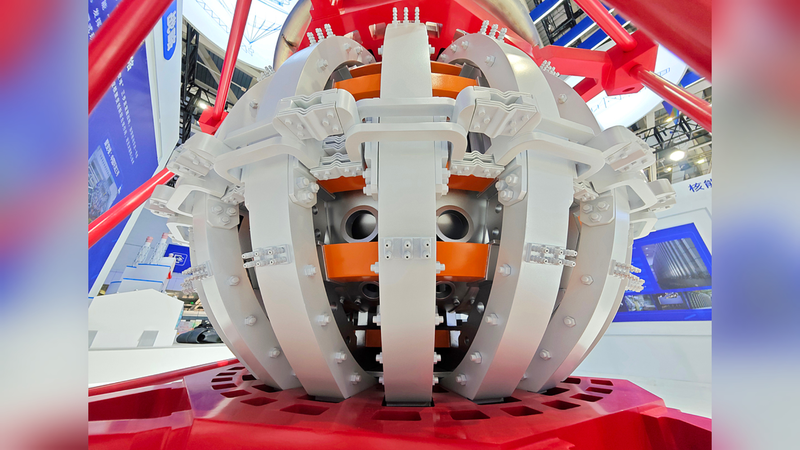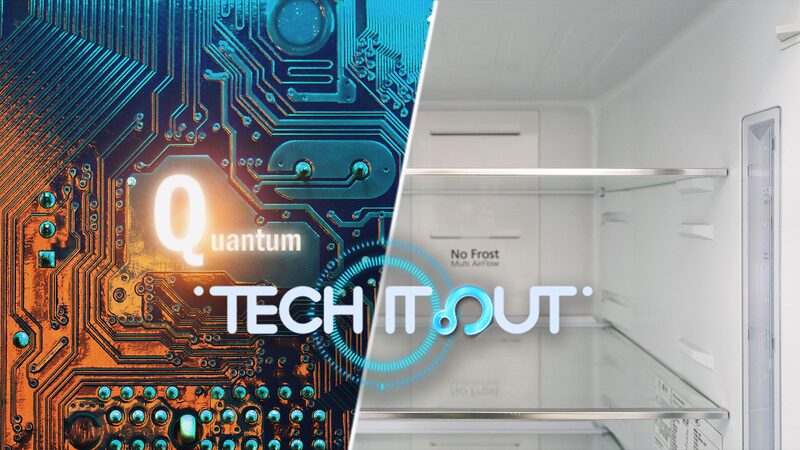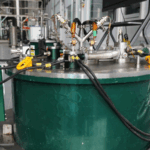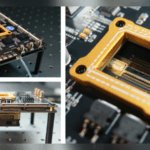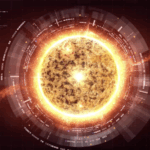Hold onto your lab coats, science fans! 🔬 Chinese researchers just dropped a game-changing AI model that could turbocharge the race for clean, limitless fusion energy. Their secret weapon? A data-driven system trained to control ultra-hot plasma in tokamaks – those doughnut-shaped 'artificial sun' reactors 🌍⚡.
Fusion energy, which mimics the sun’s power by fusing atoms, has long been the holy grail of sustainable tech. But keeping plasma stable enough for energy production? That’s like trying to tame a lightning bolt ⚡. Traditional methods rely on clunky physics models that eat up computing power. Enter AI: the team from Southwestern Institute of Physics, Zhejiang University, and Zhejiang Lab built a neural network that learns from real tokamak data to predict plasma behavior – think of it as ChatGPT for nuclear reactions 🤯.
Their model combines LSTM networks (great for time-based predictions) with self-attention mechanisms (hello, pattern recognition!) to keep errors in check. When tested on China’s HL-3 tokamak, it showed 'zero-shot' adaptability – meaning it handled new scenarios like a pro gamer facing a surprise boss fight 🎮.
Why does this matter? Faster AI training could slash development time for mega-projects like ITER, the international fusion reactor. One reviewer called it 'a quantum leap toward commercial reactors.' For Gen Z climate warriors and tech enthusiasts alike, this is the kind of innovation that makes solar panels look like steam engines 🚂➡️🚀.
Reference(s):
cgtn.com
